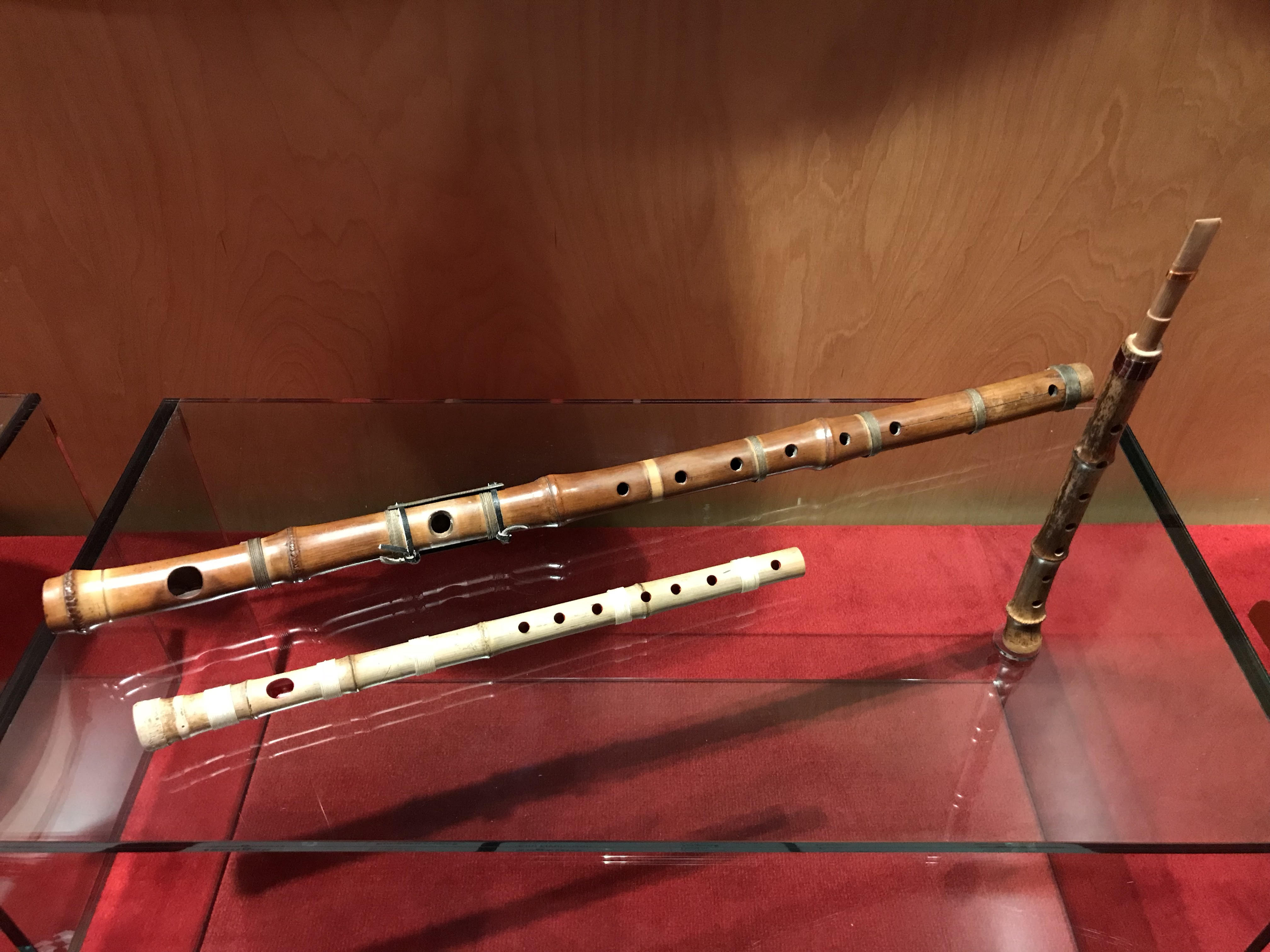Junggeum on:
[Wikipedia]
[Google]
[Amazon]
 The ''junggeum'' (also spelled ''chunggum'' or ''chunggŭm'') is a medium-sized
The ''junggeum'' (also spelled ''chunggum'' or ''chunggŭm'') is a medium-sized
''Junggeum'' page
Side-blown flutes Korean musical instruments Bamboo flutes {{Flute-stub
 The ''junggeum'' (also spelled ''chunggum'' or ''chunggŭm'') is a medium-sized
The ''junggeum'' (also spelled ''chunggum'' or ''chunggŭm'') is a medium-sized transverse
Transverse may refer to:
*Transverse engine, an engine in which the crankshaft is oriented side-to-side relative to the wheels of the vehicle
*Transverse flute, a flute that is held horizontally
* Transverse force (or ''Euler force''), the tangen ...
bamboo flute
The bamboo flute, especially the bone flute, is one of the oldest musical instruments known. Examples of Paleolithic bone flutes have survived for more than 40,000 years, to be discovered by archaeologists. While the oldest flutes currently kno ...
formerly used in traditional Korean music. Unlike the larger ''daegeum
The ''daegeum'' (also spelled ''taegum'', ''daegum'' or ''taegŭm'') is a large bamboo flute, a transverse flute used in traditional Korean music. It has a buzzing membrane that gives it a special timbre. It is used in court, aristocratic, and f ...
'', it does not have a buzzing membrane (although it did have one in ancient times). It was used in court, aristocratic, and folk music, but has largely died out, being rarely used today.
Other flutes in the same family include the ''daegeum
The ''daegeum'' (also spelled ''taegum'', ''daegum'' or ''taegŭm'') is a large bamboo flute, a transverse flute used in traditional Korean music. It has a buzzing membrane that gives it a special timbre. It is used in court, aristocratic, and f ...
'' and ''sogeum''; the three together are known as ''samjuk'' (hangul: 삼죽; hanja: 三 竹; literally "three bamboo"), as the three primary flutes of the Silla
Silla or Shilla (57 BCE – 935 CE) ( , Old Korean: Syera, Old Japanese: Siraki2) was a Korean kingdom located on the southern and central parts of the Korean Peninsula. Silla, along with Baekje and Goguryeo, formed the Three Kingdoms of K ...
period. Both of these are still used in traditional music, as well as in contemporary classical music
Contemporary classical music is classical music composed close to the present day. At the beginning of the 21st century, it commonly referred to the post-1945 modern forms of post-tonal music after the death of Anton Webern, and included seria ...
, popular music, and film scores.
The ''junggeum'' currently used in the National Gugak Center
The National Gugak Center, located in Seoul, South Korea, is the primary institution of learning for Korean traditional music (), including both court music and folk music. It was founded in 1951 through a merger of Korean musical organizati ...
is about 65cm long and 1.7cm in diameter.
See also
*Bamboo musical instruments
Bamboos natural hollow form makes it an obvious choice for many musical instruments.
Overview
Bamboo has been used to create a variety of instruments including flutes, mouth organs, saxophones, trumpets, drums, xylophones.
Flutes
There are num ...
*Daegeum
The ''daegeum'' (also spelled ''taegum'', ''daegum'' or ''taegŭm'') is a large bamboo flute, a transverse flute used in traditional Korean music. It has a buzzing membrane that gives it a special timbre. It is used in court, aristocratic, and f ...
* Dizi
*Music of Korea
Korea refers to music from the Korean peninsula ranging from prehistoric times to the division of Korea into South and North in 1945. It includes court music, folk music, poetic songs, and religious music used in shamanistic and Buddhist tradit ...
*Sogeum
The ''sogeum'' (also spelled ''sogum'' or ''sogŭm'') is a small bamboo transverse flute used in traditional Korean music. Unlike the larger ''daegeum'', it does not have a buzzing membrane (although it did have one in ancient times). It is used ...
*Traditional Korean musical instruments
Traditional Korean musical instruments comprise a wide range of string, wind, and percussion instruments. Many traditional Korean musical instruments (especially those used in Confucian ceremonies) derive from Chinese musical instruments.
String
K ...
References
External links
''Junggeum'' page
Side-blown flutes Korean musical instruments Bamboo flutes {{Flute-stub